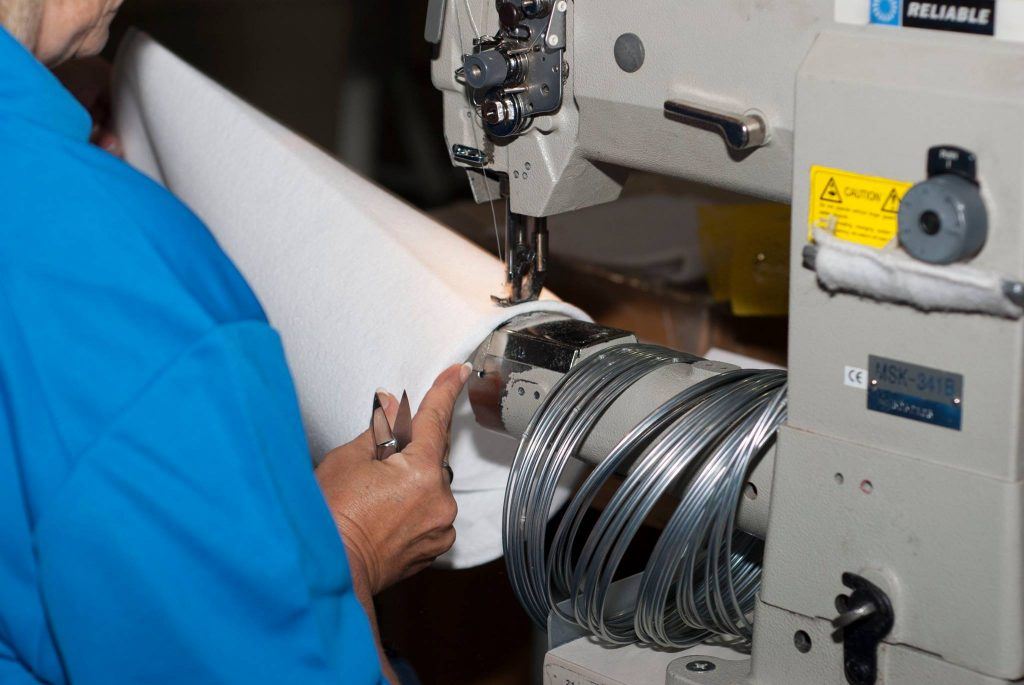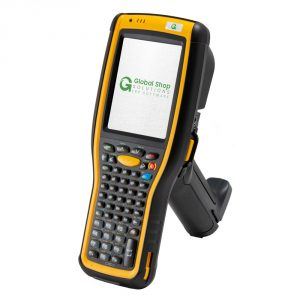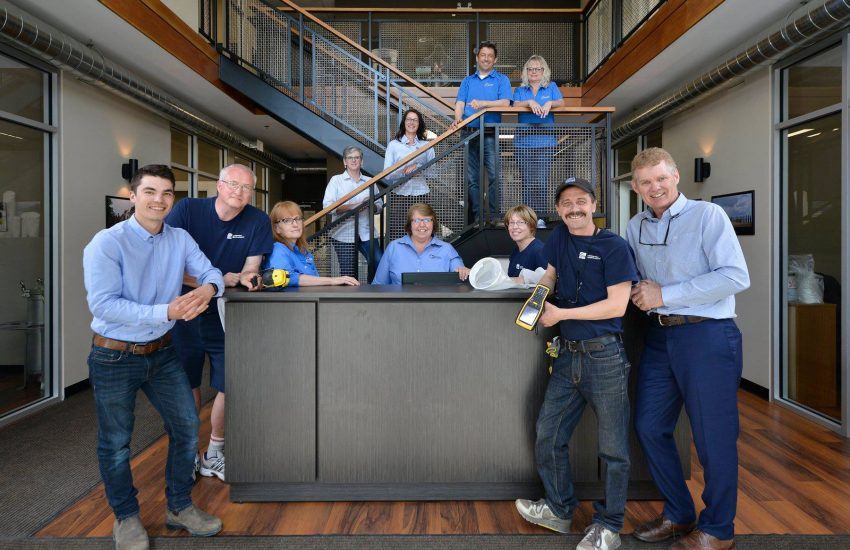This industrial filter manufacturer migrated from spreadsheet-based inventory tracking to a barcode-enabled ERP solution and experienced significant benefits right away.
Profile
Company: Industrial Filter Manufacturing (IFM)
Founded: 1979
Headquarters: Penetanguishene, Ontario
Website: www.liquidfiltration.com
Employees: 40+
Summary: IFM manufacturers and distributes liquid filter bags to customers located in over 30 countries and across diverse industries such as automotive, food and beverage, petrochemical and oil and gas.
 It may seem unlikely that a 40-year-old manufacturer and distributor like Industrial Filter Manufacturing (IFM) could make a radical business change in just six months. But the company has always had a continuous improvement philosophy and is always looking for more efficient ways of producing liquid filtration products. IFM prides itself in shipping standard filtration solutions with a one- to two-week turnaround. To migrate from manual, spreadsheet-based inventory tracking to an ERP (enterprise resource planning) system, IFM would apply a similar strategy.
It may seem unlikely that a 40-year-old manufacturer and distributor like Industrial Filter Manufacturing (IFM) could make a radical business change in just six months. But the company has always had a continuous improvement philosophy and is always looking for more efficient ways of producing liquid filtration products. IFM prides itself in shipping standard filtration solutions with a one- to two-week turnaround. To migrate from manual, spreadsheet-based inventory tracking to an ERP (enterprise resource planning) system, IFM would apply a similar strategy.
Information Silos and Spreadsheets Limit Inventory Visibility
Tracking inventory is no longer a dreaded labor-intensive process and our annual physical inventory is not a weeklong event; cycle counts happen throughout the workday, making it much less disruptive.”
JoLayne Advent, VP of Operations
Three years ago, when JoLayne Advent, VP of Operations, joined the company, one of her primary tasks was to migrate the company to an ERP system.
“When a company uses spreadsheets to keep track of materials and products, it creates data silos and makes it hard to share information among departments in a timely manner,” she says. “For instance, the production manager had to review all completed work orders to calculate actual inventory usage and manually record the data. Sales orders had to be reviewed to determine immediate and upcoming material demands and manually record the data. The spreadsheets were analyzed to determine when to place an order and for how much. This was clearly a time-consuming process. By the time all the data was input, the inventory information was not current (two weeks behind or more) — not a real-time snap shot that allows for good inventory management decisions. Some of our materials require multiple weeks lead time and we could be out of materials — potentially causing us to miss customer delivery deadlines.”
Keeping up with physical inventory also entailed a lot of manual counting, searching for product labels, climbing over large rolls of materials, and discerning between many similar-looking items. “It used to take four to five days to do an inventory check, and workers had to work overtime on weekends to complete the task while production was shut down,” recalls Advent.
ERP and Barcode Scanning Equipment Go Hand-in-Hand
 After researching several options, IFM selected Global Shop Solutions, an ERP provider specializing in helping manufacturers and distributors with shop floor control, employee scheduling, and inventory management needs.
After researching several options, IFM selected Global Shop Solutions, an ERP provider specializing in helping manufacturers and distributors with shop floor control, employee scheduling, and inventory management needs.
GSS recommended that IFM incorporate barcode labels on its raw materials and finished products and implement barcode scanners and printers in conjunction with the ERP software. “GSS referred us to EMS Barcode Solutions to assist us with our barcode label and hardware needs,” recalls Advent. “But we were initially concerned about working with a company outside of Canada.”
IFM’s fears were soon alleviated by EMS’ ERP and barcoding expertise, along with their availability to answer IFM’s questions. “It was a little scary at first thinking about all the ‘what ifs’ such as, ‘What if we have a problem with a printer or scanner; how are we going to get it fixed?'” admits Advent. “But EMS eased our fears by allowing us to use the devices before we committed to buying any hardware. Throughout the entire process, they were very accommodating and never overbearing. We had a couple of issues setting up the label printers, so we contacted them, and they took care of it right away.”
IFM piloted the barcode labeling solution, which was comprised of three desktop barcode label printers, one mobile barcode label printer, one industrial pistol-grip barcode scanner, and two handheld barcode scanners. “EMS was helpful throughout the process, and they advised us on the kind of label hardware and label types that would best suit our needs,” says Advent. “At the end of the four-week pilot, we went live with the solution, and after a three-month learning curve, we started seeing positive results.”
Inventory Management: From Weeklong Process to “That was Easy”
EMS was helpful throughout the process, and they advised us on the kind of label hardware and label types that would best suit our needs
IFM employees worked hard for a month prior to software go live using their newly acquired barcoding/labelling equipment to label all raw materials and finished stock items. This would help in the process of completing a physical inventory so the data in the ERP system would be accurate once up and running. It did not take IFM long to really see the fruits of its labor. Barcoding and mobile barcode scanning were game changers. “Now when a raw material order arrives, a warehouse worker uses a label printer attached to a mobile cart to print labels and add the product to our ERP system,” says Advent. “Each of our finished goods gets a label identifying its part number, work number, and bin location. Before shipping an order, we scan the items, so everything is always up to date. Tracking inventory is no longer a dreaded labor-intensive process and our annual physical inventory is not a weeklong event; cycle counts happen throughout the workday, making it much less disruptive.”
Several workflow bottlenecks have been eliminated, too. “In the past, production workers relied on our office staff to print off finished goods box labels. Now, they’re each empowered to look up information and print labels as needed. Plus, supervisors and managers have updated information, so we’re able to make better business decisions. Although we’re still only a year into the implementation phase, it’s already apparent that we’re in a much better position to meet our customers’ growing demands for standard and customized orders with short lead times and quick fulfillment requirements.”

